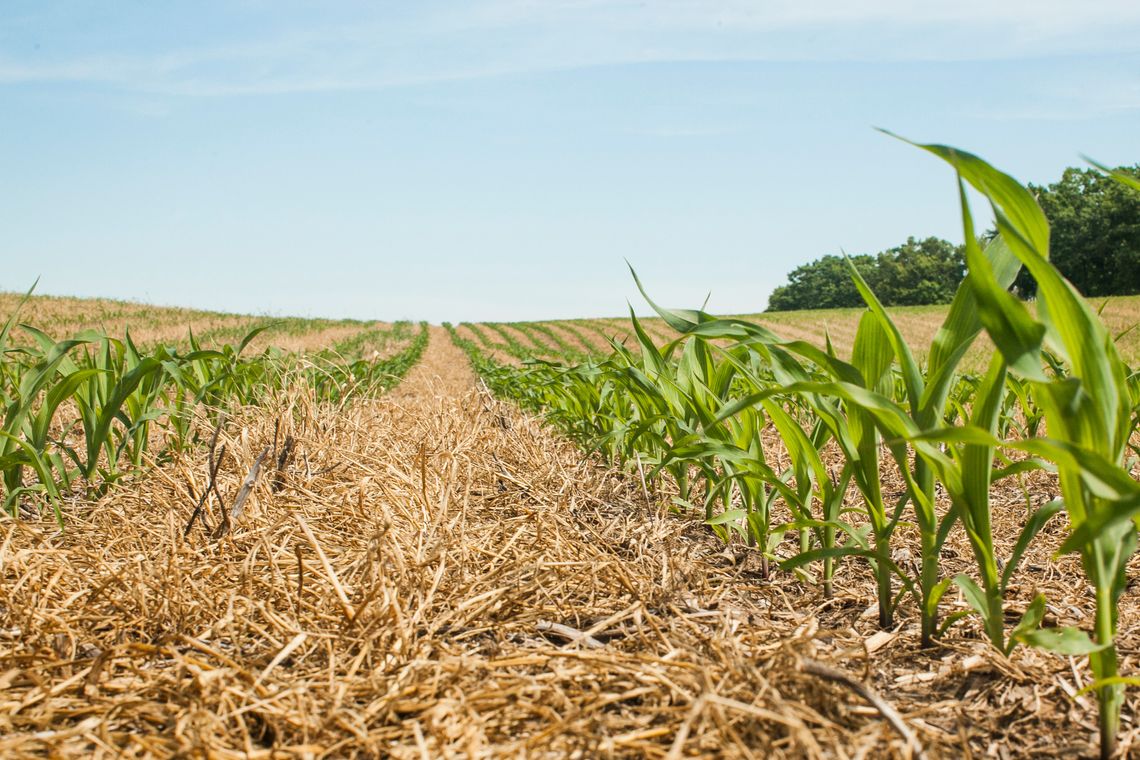As you all know, there is a shortage of hay for this winter. Producers have lost one or two cuttings of hay this summer, because of the drought. I am getting phone calls from folks looking to buy hay. If they have any luck finding any, it is usually a long way from their farm.
One solution, in addition to feeding the hay they have or can find, is to establish winter grazing. The first step in establishing winter annuals is selecting a suitable site. The best soils for winter annuals are well-drained and fertile. Winter annuals can be established using tillage or not-till seeding. The primary advantage of using tillage to establish winter annuals, is that stands can be planted earlier and established faster to produce more fall forage when competition from existing sod is absent. Winter sods can be broadcast planted. Broadcast planting seems to work better with ryegrass, than with other small grains. Light disking before or after broadcasting may improve soil-seed contact and result in better stands. When seed is broadcast planted, seed rates should be increased by 20 percent.
Competition from warm-season sods that have not gone dormant in the fall is the most serious problem for early sod-seeding of winter annuals. Warm-season grass on no-tilled sods must be controlled in some way prior to planting winter annuals. Actively growing warm-season grasses rob water and nutrients from winter seedlings, and shade from tall grass canopy slows down germination and seedling growth. For best annual stands, warm-season grass residue should be no more than 2 inches tall when annuals are drilled, and warm -season grass should not be actively growing. Residue should be managed by close grazing, bush-hogging, or making hay prior to drilling. Shallow or 1 inch disking of sods to destroy no more than 1/3 of the sod before or immediately after planting may allow earlier planting and earlier growth of winter annuals on sandy or loamy soils. Disking of heavy clay soils also is undesirable because it increases roughness of the field. Establishment of winter annuals into bahiagrass, which grows later into the fall than bermudagrass, is likely to be more difficult.
Their recommended planting date for winter annuals in Southern Mississippi is late September to late October. In Northern Mississippi winter annuals are sod seeded in early September to early October. Ryegrass and clover seeds should be planted shallower (1/8 to 1/4” depth) than larger seed small grains (1/2 to 1” depth). Planting rates vary depending on the planting method used and the species mixtures.
Sources: “Cool Season Forage Establishment and Maintenance”, Mississippi State University Extension, Forage News.


Comment
Comments